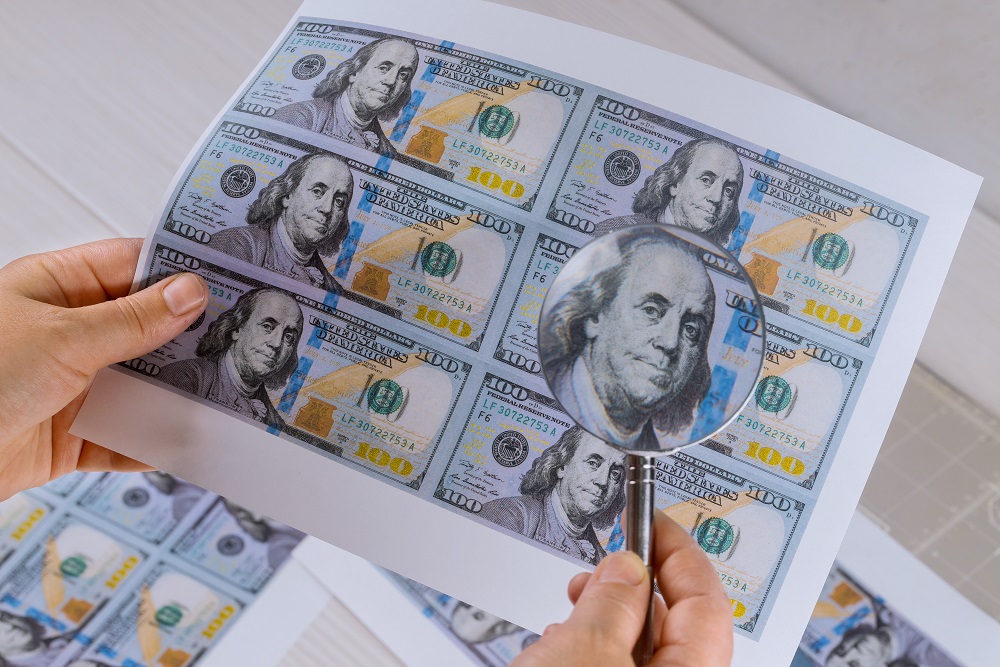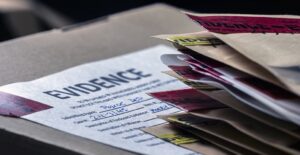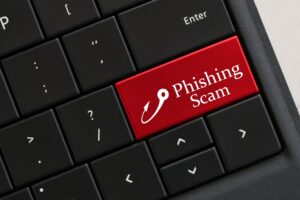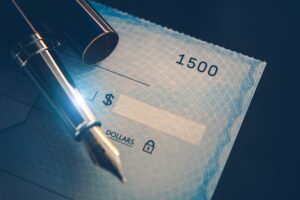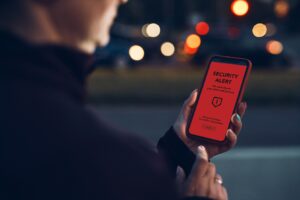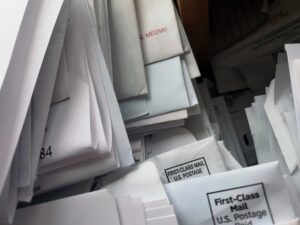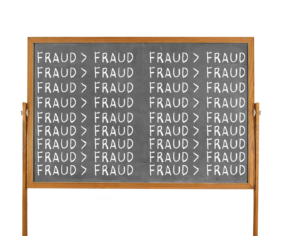For in-store retailers, the ability to identify counterfeit materials is the first step towards developing an effective defense against the many forms of fraud.
Obsolete Counterfeit Detection:
Do not rely
solely on pens
There are several items that are sold, which can be repurposed to easily bypass detection using counterfeit detection pens.
I won’t go into the “how” or the “what” on this platform. Just know that bypassing detection by pens is the easiest part of the process.
Do not rely
solely on texture
It is well-known that cash is not printed on traditional paper. The material that is used for real money is closely related to certain other mediums which, again, are readily accessible, cheap, and easy to work with.
Finding this material is marginally more difficult than the products needed to bypass pen-detection, but still simple enough to stock up without suspicion.
Do not rely
solely on "ghost face"
The Ghost Face can be replicated with a white pen, white colored pencil, etc. Fraudsters simply draw the face backwards on the opposite side of the bill.
Now that I have outlined the inefficiency of common counterfeit-detecting processes, I will shed light on the 3 most difficult security features for a fraudster to replicate.
How to effectively identify fake cash:
Micro-print
Depending on the denomination, micro-print on cash exists in different areas and says different things. Printers used for counterfeiting cash are uncommon, and the ones that will do the work are lower quality machines that cannot scan and duplicate micro-print very well.
Ribbed Collars
Depending on the denomination, micro-print on cash exists in different areas and says different things. Printers used for counterfeiting cash are uncommon, and the ones that will do the work are lower quality machines that cannot scan and duplicate micro-print very well.
UV Text
The ink isn’t too hard to come across, however the accuracy of the printer, along with the right mix in the ink cartridge, makes this security feature especially difficult to replicate.
Depending on the dollar bill, the UV strips on cash are different colors and read differently. A quick google search will tell you what to look for on each bill.
Want to really nerd out? Check out this resource from the Secret Service.
Obsolete Counterfeit Detection:
There are several items that are sold, which can be repurposed to easily bypass detection using counterfeit detection pens. I won’t go into the “how” or the “what” on this platform. Just know that bypassing detection by pens is the easiest part of the process.
It is well-known that cash is not printed on traditional paper. The material that is used for real money is closely related to certain other mediums which, again, are readily accessible, cheap, and easy to work with.
Finding this material is marginally more difficult than the products needed to bypass pen-detection, but still simple enough to stock up without suspicion.
Now that I have outlined the inefficiency of common counterfeit-detecting processes, I will shed light on the 3 most difficult security features for a fraudster to replicate.
How to effectively identify fake cash:
Depending on the denomination, micro-print on cash exists in different areas and says different things. Printers used for counterfeiting cash are uncommon, and the ones that will do the work are lower quality machines that cannot scan and duplicate micro-print very well.
Depending on the denomination, micro-print on cash exists in different areas and says different things. Printers used for counterfeiting cash are uncommon, and the ones that will do the work are lower quality machines that cannot scan and duplicate micro-print very well.
The ink isn’t too hard to come across, however the accuracy of the printer, along with the right mix in the ink cartridge, makes this security feature especially difficult to replicate.
Depending on the dollar bill, the UV strips on cash are different colors and read differently. A quick google search will tell you what to look for on each bill.
Want to really nerd out? Check out this resource from the Secret Service.



